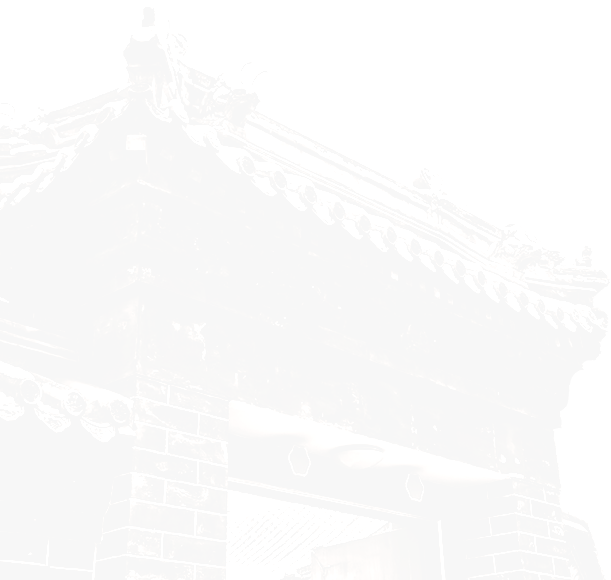On Oct. 11th, 2007, led by the founder and artistic director, renowned cellist Yo-Yo Ma, the artists of Silk Road Ensemble visited the Central Conservatory of Music. Li Xu, the vice president and the representative of CCOM, gave a warm welcome to Mr. Yo-Yo Ma and the members of Silk Road Ensemble.
The visit included two events, one was a workshop conducted by the Ensemble and composition department of the Conservatory, another one was an evening concert performed by the Ensemble and the students of Conservatory. Mr. Yo-Yo Ma founded the Silk Road Project and the Ensemble in 1998. Inspired by the cultural traditions of the historic Silk Road, one of the aims of the Project is to "gather" all different musical cultures, artists, and audiences throughout the world. Their visit in the Conservatory also reflected this aim.
In the workshop, the musicians from the Ensemble first played an arranged piece Turceasca, which comes from the repertoire of a gypsy ensemble in Romania. The passionate tune raised the enthusiasm of players and audiences. Another piece Ascending Birds, which comes from Khorasan region in Iran, brought a beautiful ancient Persian melody "sang" by instruments to all of us. As an interactive program, the students of Conservatory also played three music pieces that composed by three graduate students of composition department for the guests, which included ChangAn Sacrificial Rites composed by Chen Xiruo, Shou, Yan, Shen, Fa and Bu—Five Skills of Chinese Traditional Operas composed by Fang Dongqing, and Wandering from the music suite for poem Moonlight composed by Hu Yao. In the discussion of how to communicate each other through different musics and musical cultures, Yo-Yo Ma stated two points: first, we composed and played music because we want to express the true voice from our heart; second, the Silk Road Ensemble gathered many musicians and composers from different cultural contexts in order to connect and develop the precious music traditions. The Project also focused on exploring inexhaustible creativity of the artists.
In the end, the workshop reached a climax when the musicians of Silk Road Ensemble joined into the playing of Hu Yao's piece Wandering. Their improvisation based on the score, especially the agile and lively rhythm played by the excellent tabla virtuoso, Mr. Sandeep Das, increased some unique colors for the piece.
The opening piece of the evening concert was Walk in the Wind. This piece started with the trio of bawu, shakuhachi and ney, which come respectively from China, Japan and Iran. The special timbers of three wind instruments presented immediately the charm of different traditions and the harmonic fusion between them. And the next piece, the improvisation on three Iranian instruments, kamancheh, santur and ney, particularly transmitted the touching power of traditional style. The ancient tune along with slightly sentimental, remote and lonely mood gradually became a passionate melody with dancing notes while musicians were immersed into the playing completely. Through listening to the music, the audiences almost could "see" the vivid life on the vast Perish highland. The Ensemble also brought a Chinese folk song Blue Little Flower with rock style arranged by Wu Tong, an alumnus of the Conservatory. The new version of this long-lived folk song showed another side of tradition that is always full of fresh vigor along with the time past. In the concert, the marvelous playing skills of the students surely gave a deep impression on the artists of Silk Road Ensemble and audiences. They particularly interested in the percussion piece Flying Dragon, Leaping Tiger that played by the students of traditional instruments department.
In the interaction part, Mr. Yo-Yo Ma introduced the flexible form of the Silk Road Ensemble and emphasized that the crux of integrating the timbers of different instruments from different music traditions into a harmonic sound was not to research the physical features on the instruments, rather, to train the "ears" of musicians to understand and accept the sound of different cultures.
The last piece was co-performed by the artists of Silk Road Ensemble and the students of Conservatory, which arranged from Ethiopian traditional music repertoire. The fascinating element of this piece was improvisation. Accompanied by a repeated melody, players on the stage played longer or shorter solos one after another. From their tacit understanding through exchanging glances and the harmonic respondence between different music parts, it was hard to believe that they only rehearsed less than one hour before the performance.
The visit of Mr. Yo-Yo Ma and Silk Road Ensemble transmit their idea of fusing multi musical cultures. Their composition and play beyond the limitations of instrument, skill, location and audience, also beyond the original music state, yet fully present the essential factors of these musical cultures. Their repertoire is the recreation of humans precious heritage based on fully respect and understanding of traditional and original folk music. The students not only have a chance to enjoy their wonderful performance and gain wider understanding of inheriting traditional music, but also are encouraged to speculate on the issues of how to understand non-native and non-Western cultures, and how to recreate tradition in the context of modern society from multi angles.

